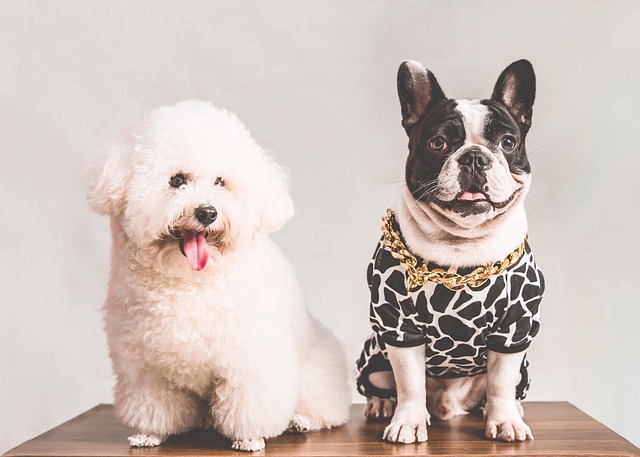
How do i train my dog to be obedient?
Watching your dog dart across the park ignoring your calls isn’t just frustrating—it can put them at risk near busy streets or public spaces.
How to teach a dog to shake in one day? It’s a question many new dog owners ask, especially when that first spark of connection hits—when you’re sitting on the couch, your pup’s head resting on your lap, and you think, “Wouldn’t it be nice if we could share a little trick?” Teaching “shake” isn’t just about showing off at the dog park; it’s a sweet way to build trust, turning everyday moments into bonding opportunities. And yes, with the right approach, even a wiggly puppy or a rescue dog can pick it up in 24 hours.
The secret lies in positive reinforcement, a method rooted in rewarding good behavior rather than punishing the bad—a principle deeply woven into responsible dog ownership across the U.S. Animal behaviorists swear by this: when a dog associates an action with something pleasant (like a treat or a belly rub), they’re far more likely to repeat it. Think of it as a conversation: you’re saying, “Do this, and good things happen.” Punishment? It only confuses them, breaks trust, and goes against the kind, patient ethos of modern pet care.
 Start with the basics: timing and tools. Grab your dog’s favorite treat—something small and smelly, like a piece of cooked chicken or their go-to kibble. Pick a quiet spot, maybe your living room after their morning walk (when they’re calm but alert) to avoid distractions. In apartments, this matters—short sessions keep noise down, so you won’t ruffle neighborly feathers. Make sure your pup is up-to-date on vaccines, too; it’s not just the law in most states, but a sign you’re prioritizing their health before any training fun.
Start with the basics: timing and tools. Grab your dog’s favorite treat—something small and smelly, like a piece of cooked chicken or their go-to kibble. Pick a quiet spot, maybe your living room after their morning walk (when they’re calm but alert) to avoid distractions. In apartments, this matters—short sessions keep noise down, so you won’t ruffle neighborly feathers. Make sure your pup is up-to-date on vaccines, too; it’s not just the law in most states, but a sign you’re prioritizing their health before any training fun.
Now, let’s get to work. First, ask your dog to “sit”—if they don’t know that yet, a gentle nudge on their hindquarters can help. Once they’re settled, hold the treat in a closed fist, letting them sniff it. When they lift a paw to paw at your hand, say “Shake” softly, take their paw briefly, then open your hand to give the treat. Repeat this 5-6 times, keeping each round under 10 minutes—puppies and adult dogs alike zone out fast.
By midday, step it up. Wait for them to lift a paw without you tempting them with a closed fist. When they do, light up—big smiles, excited praise, and an extra treat. This is where the magic sticks: they learn that “Shake” means “offer my paw, get awesome stuff.” If they seem confused, go back to the fist trick; pressure kills progress. In apartments, this low-key routine keeps things chill—no barking, no chaos, just you and your pup figuring it out together.
Remember: culture and courtesy matter. Never yank their paw or raise your voice—patience is non-negotiable in dog training, and it’s the law in many places to treat animals humanely. After your session, take them for a stroll. You’ll both get fresh air, and they’ll associate training with good vibes all around.
By evening, you’ll likely have a pro. That first time they lift their paw unprompted, tail wagging, ready to “Shake” on cue? It’s more than a trick—it’s a little victory that makes all the treats and repetition worth it. Teaching your dog to shake in a day isn’t about speed; it’s about learning to communicate, one paw at a time.

Watching your dog dart across the park ignoring your calls isn’t just frustrating—it can put them at risk near busy streets or public spaces.

New puppy owners often find themselves rushing to clean up accidents before they set in, and that’s where puppy pad training becomes a game-changer.

If you've noticed your dog's waistline disappearing and your veterinarian has mentioned those few extra pounds, your first instinct might be to simply reduce the amount of food in their bowl.

Training a dog to use a designated spot indoors isn’t as daunting as many new owners fear, but it does take consistency and an understanding of your pet’s needs.

That moment of dread on a walk is all too familiar for many new dog owners. You see another dog approaching down the sidewalk of your neighborhood

If the sight of another dog on your neighborhood walk makes your heart sink as your own dog erupts into a frenzy of barking and lunging, you're not alone.